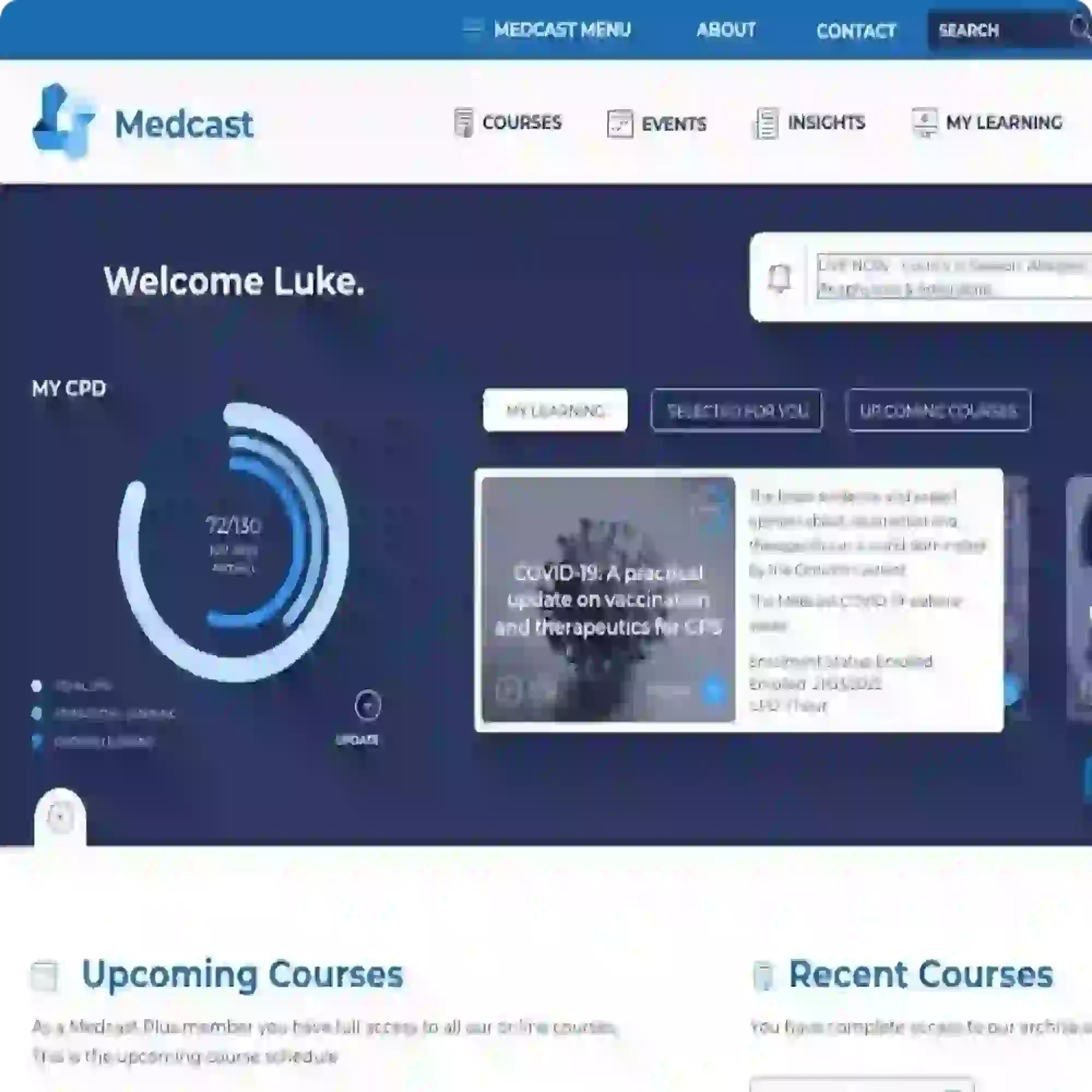Are learning styles a myth?
As conscientious medical educators, we are always on the look-out for ways to further assist our registrars with their educational needs. Both those that struggle and those that do well endure our insistence on formulating individual learning plans. Compliance with creating plans that seem to provide a meaningful and worthwhile contribution to the registrars’ learning seems to be a battle much of the time, even with the motivated. And, with those that struggle, a battle on a larger scale. In search of ways to make individual learning meaningful there has been a focus on individual learning styles.
Evaluating the styles and helping educators and/or learners to tailor their input to meet these various styles has become a topic of much discussion and has generated much commercial interest. A quick google search of “learning styles” in 2015 will rapidly yield you 25, 100, 000 entries on the topic in 0.32 seconds, an overwhelming amount of information by any measure. As I have tried to plough through the chaff looking for some wheat in this area recently I was beginning to wonder about the utility and validity of a field of interest that proposes the need for identifying individual variation and then proceeds to systematically place people into stylistic boxes? And, apart from the interest of knowing that you have a preference for kinaesthetic learning, how does that actually assist you to learn?
The dance of the dermatomes might have been helpful in medical school but applying similar methods to the complex GP curriculum might be a little challenging. But I digress! In my search I did come across this interesting article co-written by the educator who wrote one of the original papers on the subject area which has come to be known as and perhaps oversimplified as “learning styles”. I was interested to read his critique of the direction that his research has been taken. I wonder how his reflections should inform our practice as medical educators? And, if not learning style analysis, then what other methods can we use to assist our registrars find effective ways to foster their individual learning? Does anyone use learning style assessments? What do you think of their efficacy? Is there any good quality research on whether knowing this affects learning outcomes? Interested in everyone’s thoughts.

Stephen is a GP Supervisor, Medical Educator, GP academic and Medical Director of Medcast. He has completed a PhD on Virtual Communities of Practice in GP Training.
Become a member and get unlimited access to 100s of hours of premium education.
Learn moreCo-billing and split billing are often a source of confusion for many GPs. This FastTrack clearly defines these two methods of billing, including examples, explanations of when it is and isn’t appropriate to co- or split bill, and common compliance pitfalls. 30 mins each RP and EA available with the quiz.
The Coordinated Veterans’ Care (CVC) Program is a DVA initiative that allows GPs to provide structured, proactive care in the community for eligible veterans and war widows. This FastTrack provides a guide to billing the CVC program, and outlines a strategy for its practice-wide integration.
Achilles tendinopathy is a common cause of posterior heel pain and functional impairment. GPs are well-placed to coordinate care for these patients. This FastTrack fact sheet provides a concise summary of diagnosis and non-surgical management, including when to refer. Earn 30mins each RP and EA CPD with the quiz.

